- Kia ora
- Asphalt production
- Ōtaki College media students' project
- Last concrete pour for Bridge 9
- Old Ōtaki Gorge Road bridge demolition
- Upcoming construction milestones
 Kia ora
Kia ora
Welcome to the September issue of Express Connect. Earlier this month we welcomed the Government’s announcement to move most of the country to Alert Level 2. I hope you enjoyed the opportunity to catch up with friends and family safely outside of your bubble. We continue to think of everyone in Auckland living under a higher alert level, with strict controls in place.
Here at the PP2Ō project we are used to dealing with the many challenges that come our way. Despite the impact of lockdown and the ongoing effects of Alert Level restrictions, we have had some really good successes this month that we’d like to share with you.
When the Wellington Region moved to Alert Level 3 on 1 September, our construction crew returned to site while following strict COVID-19 protocols. The structures team were back at Bridge 9 (Makahuri Rail Overpass) preparing the site ahead of the last major concrete pour, the civils team resumed ITS (Intelligent Transport Systems) installation, drainage works and earthworks south of Ōtaki Gorge Road. Finally, the pavement team re-commenced works on the mainline shoulders with our first shoulder chip-sealing completed. We also fired up the asphalt plant, with the asphalt team laying over 900 tonnes in a day and a maximum of 117 tonnes in one hour! This is a phenomenal result in and of itself, let alone when you consider the context of the environment we’re currently operating in.
The PP2Ō Expressway will be a great addition to the Kāpiti Coast and greater Wellington region - easing congestion points for locals and through-traffic, improving safety, and increasing reliability of journey times.
If you need any further information on the PP2Ō Expressway Project please visit our website www.nzta.govt.nz/pp2o(external link) (where you can sign up for digital updates), call us on 0800 PP2O INFO or email pp2o@nzta.govt.nz.
Ngā mihi,
Chris Hunt, Project Director
Asphalt production
When travelling alongside the PP2Ō Expressway construction site, have you ever wondered where the enormous quantity of asphalt we’re using is being produced?
Asphalt is the smooth black roading material that can be seen on many local roads and is mostly a mix of aggregates and bitumen.
Once the Wellington Region moved to Alert level 3, one of our first jobs was to restart the asphalt plant, so our asphalt crew could return to work on the Expressway main alignment. At PP2Ō we have several layers of asphalt, which serve different purposes. The lower layers provide the strength needed to carry the weight of the traffic, while a layer at the surface helps reduce tyre noise, shed water and increase grip.
We’re lucky to be able to produce our asphalt locally, right here in Ōtaki. The aggregates we use come from Rangitikei Aggregates, a quarry near Sanson in the Manawatū District. They are transported to the Kāpiti Coast to be processed at our asphalt plant, managed by Higgins, and located within the Winstone site in Ōtaki. To date, we have produced 33,000 tonnes of asphalt (140,000 wheelbarrows!) at rates of up to 1000 tonnes a day.
Once the asphalt is ready to be used and transported to the job, there are a few other things to consider, such as how to minimise heat loss while it’s being transported. To maintain the desired characteristics, the asphalt is produced at a temperature of 160 degrees Celsius and laid on site at around 150 degrees Celsius.
PP2Ō Pavements Manager, Adam Lyall, says it’s satisfying to see this part of the process underway.
“After a long period of building the ground up and down, constructing bridges, and installing drainage underground, it’s really exciting to witness the significant progress with the pavement layers as the Expressway starts to take shape in its final form.”
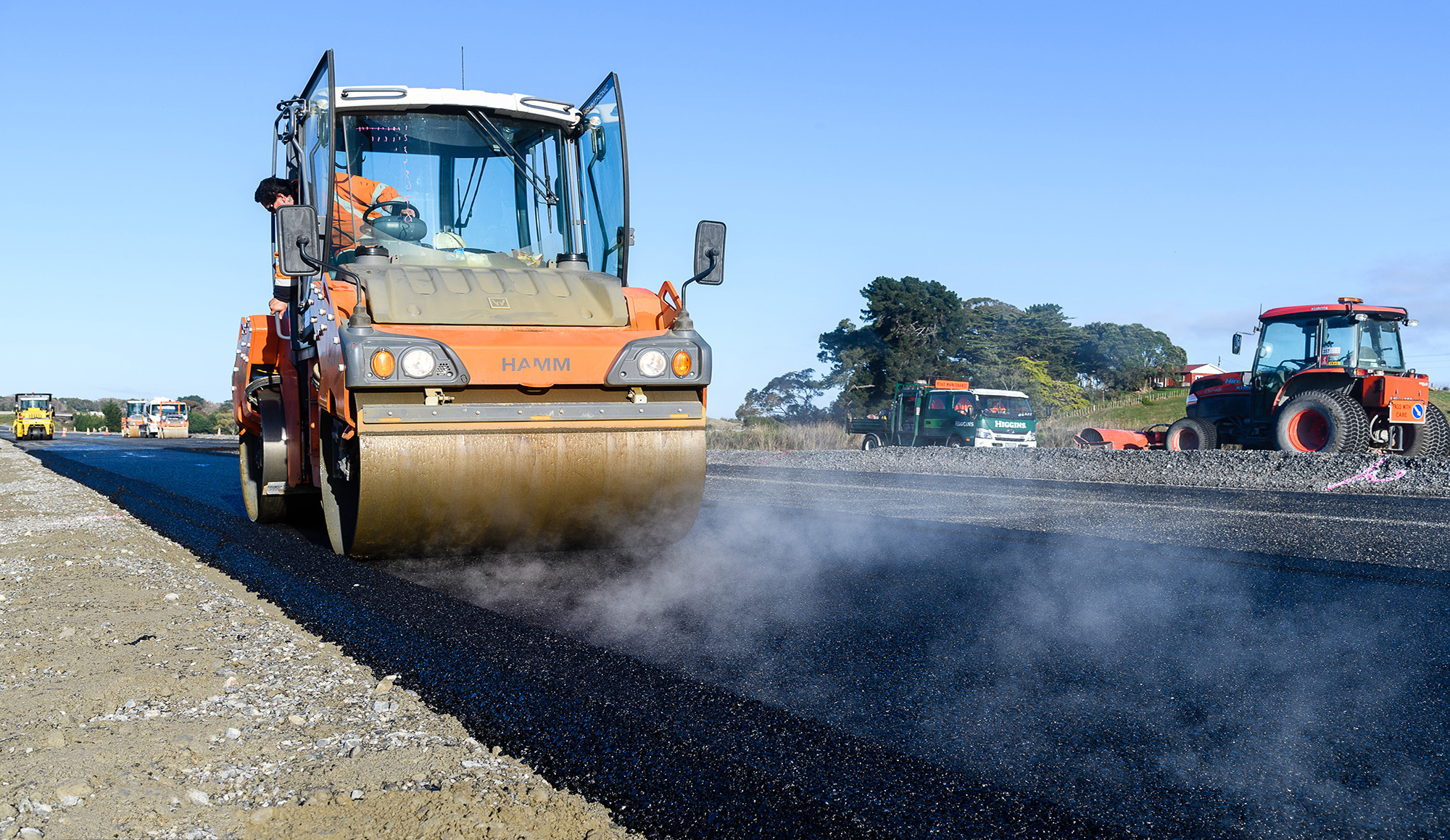
Asphalting adjacent to Gear Rd (plus views south toward Bridge 9).
Ōtaki College media students' project
Since the beginning of the PP2Ō project in 2017, the media students at Ōtaki College have been producing high-quality videos with construction updates for the project.
Everyone benefits in this arrangement - the students gain invaluable industry experience, the PP2Ō project gains great content, and the wider community gets valuable local insight into this important project.
Watch the video below to see what the students and people involved in this initiative have to say about the partnership.
Last concrete pour for Bridge 9
This month we completed the final major concrete pour for Bridge 9 (Makahuri Rail Overpass). Infrastructure Foreman Daniel Hall, who managed the procedure, says it is a major milestone to have completed the last pour on the last bridge.
“This is a fantastic achievement. I want to thank the Bridge 9 team for their extraordinary efforts in making this possible while working safely during the recent changes in Covid-19 Alert Levels.”
Using the experience from working on another nine bridges on the project, work on Makahuri Rail Overpass was completed on schedule, despite the strict measures the crew had to adhere to during Alert Levels 3 and 2.
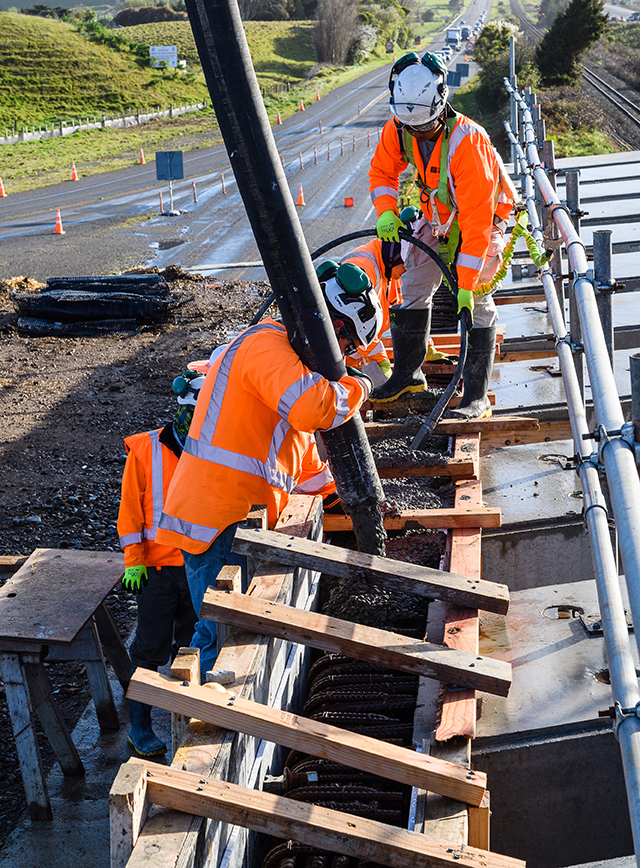
Concrete pour for upper deck.
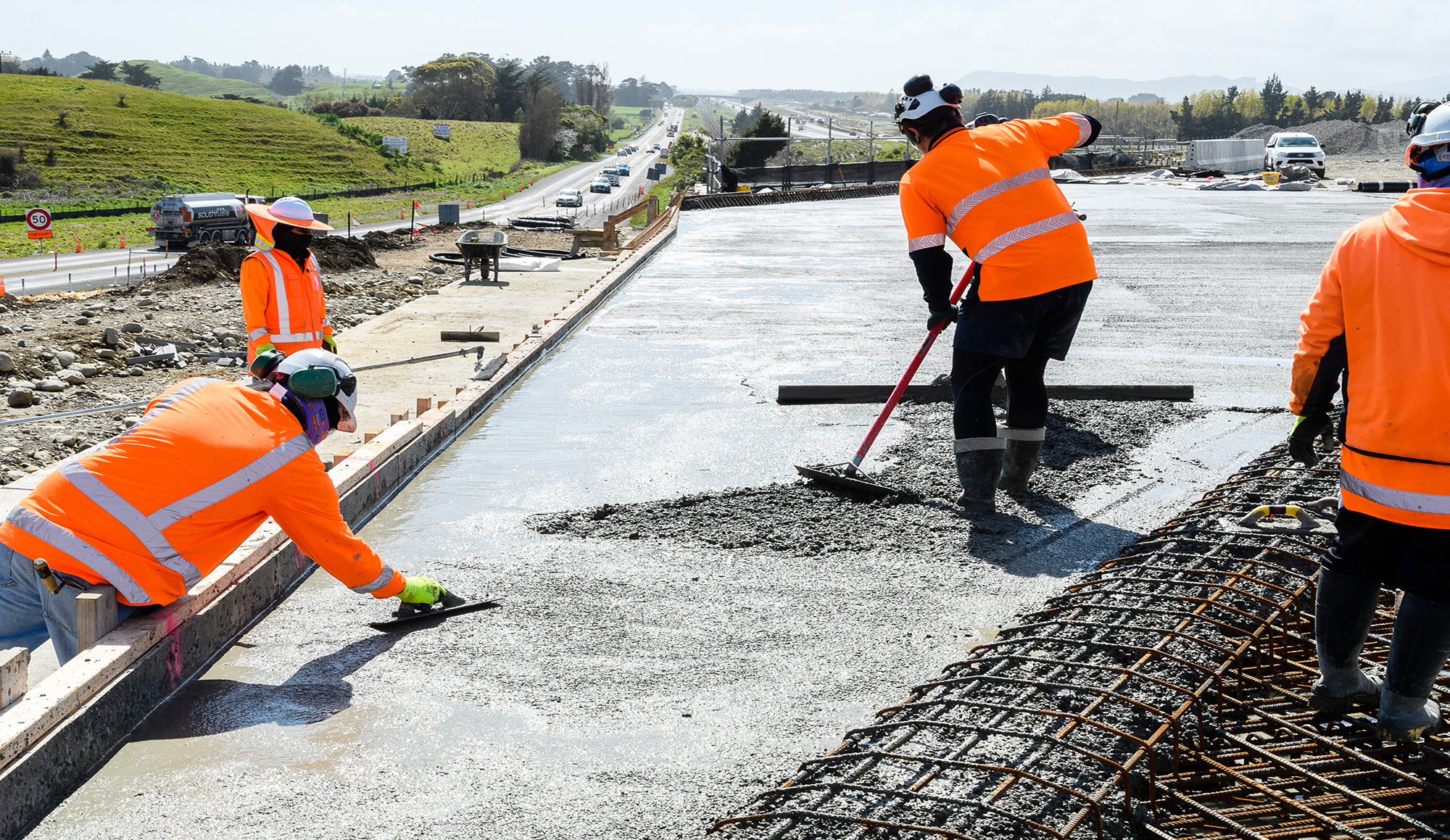
Distributing the concrete.
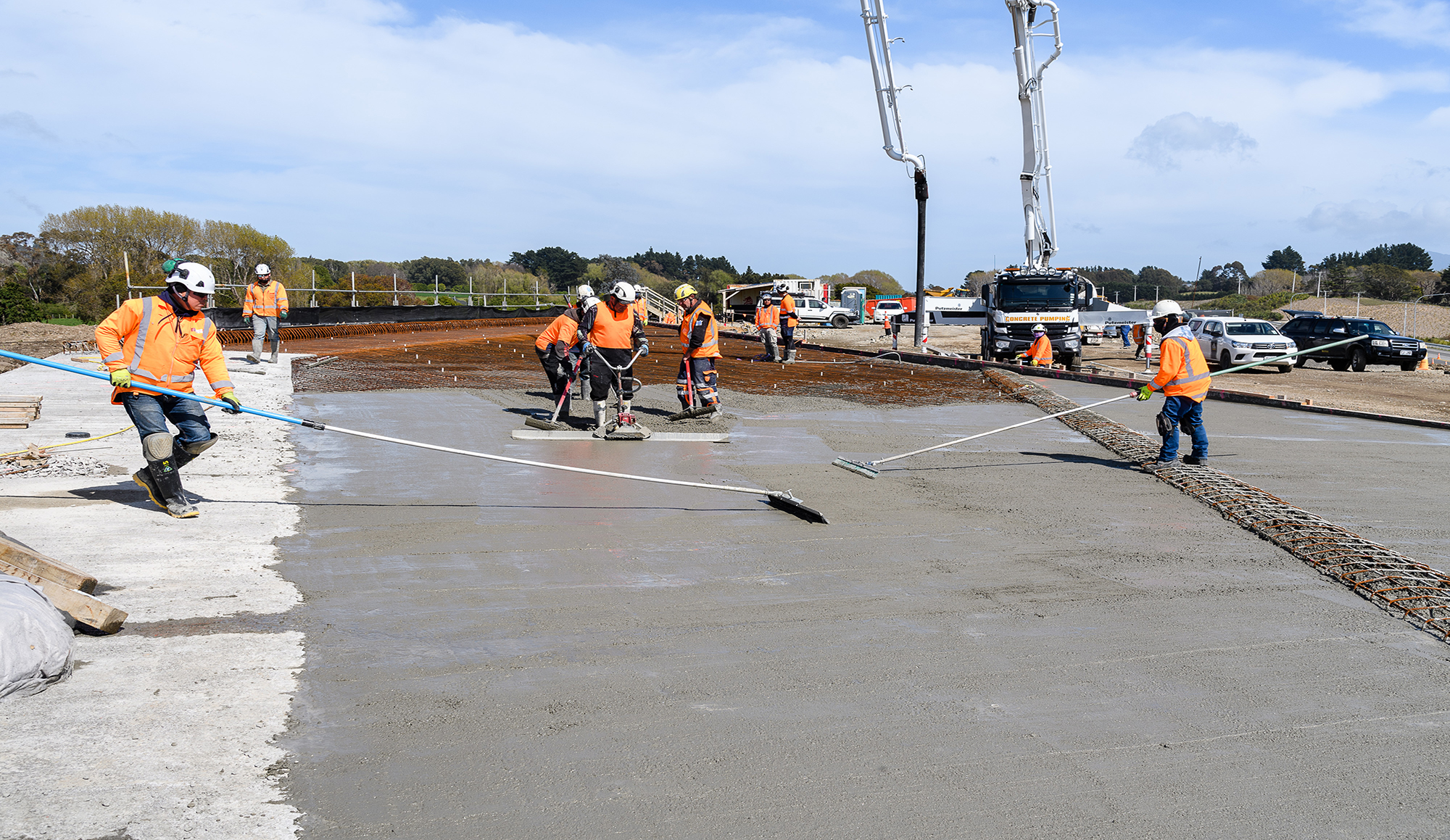
Smoothing out the concrete.
Old Ōtaki Gorge Road bridge demolition
Bridge demolitions require careful planning so that debris doesn’t escape onto the railway, roads or into waterways near the demolition site. There are also a number of materials and components used in bridge construction that require different demolition methods and techniques. So, before any demolition activities can take place, we need to carefully prepare to ensure everything goes smoothly and safely.
This month we started dismantling the old Ōtaki Gorge Road Bridge, which involves cutting the bridge into sections and removing each of them with a crane. This is a dangerous job, so we’re following a proven, safe way to efficiently demolish the bridge. Using a 140-tonne crane for heavy lifting, and a 20-tonne excavator with a breaker attachment for exceptional efficiency, our crew will safely remove the bridge pieces. Those pieces will be broken up on site and then transported off-site or be reused in other areas of the project. Recycled pieces can be used for drainage material, backfill, driveways, road basecourse or subbase, and the reinforcing steel from the bridge will also be recycled.
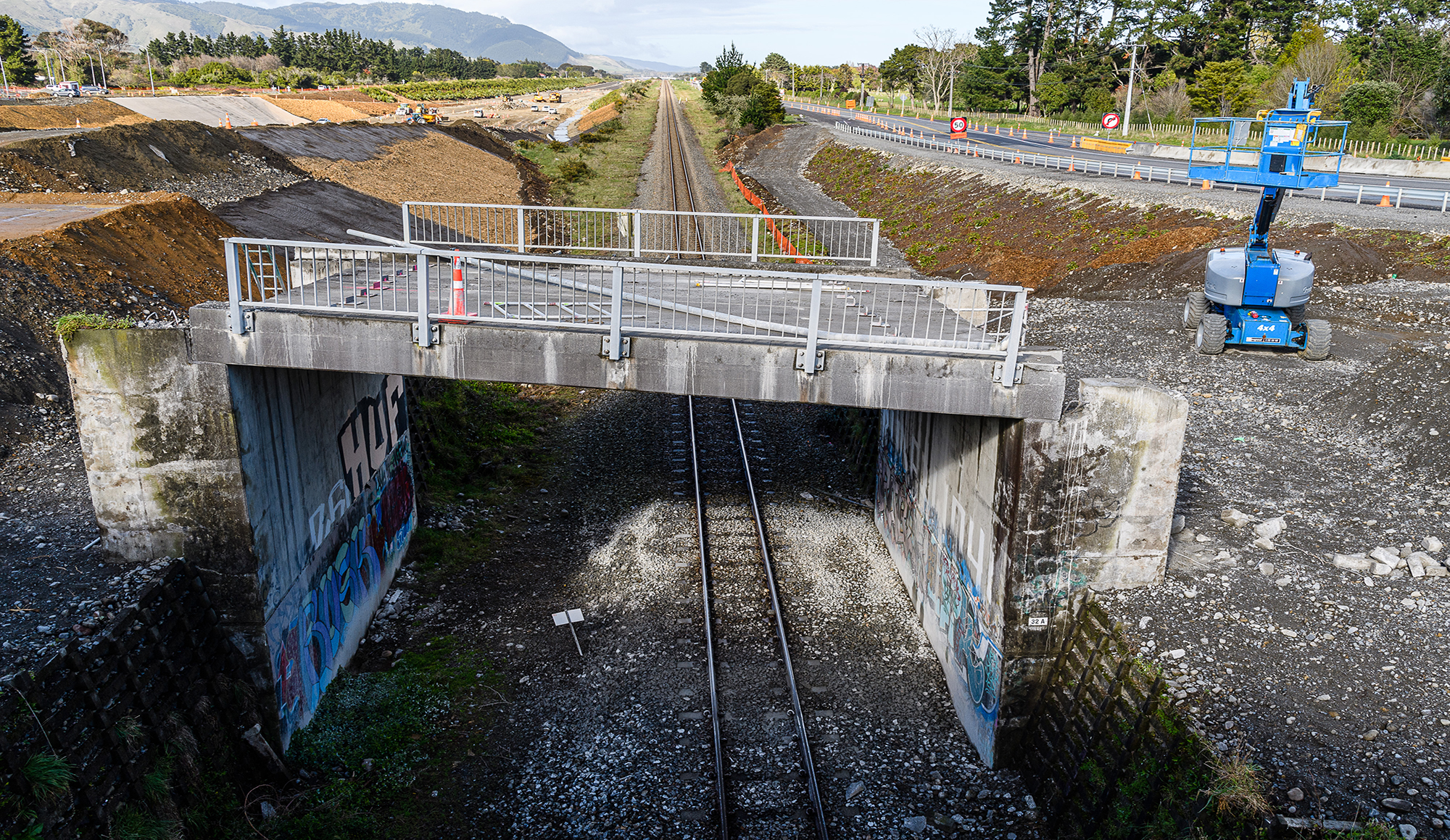
The old bridge in the process of being demolished.
Upcoming construction milestones
Northern area update
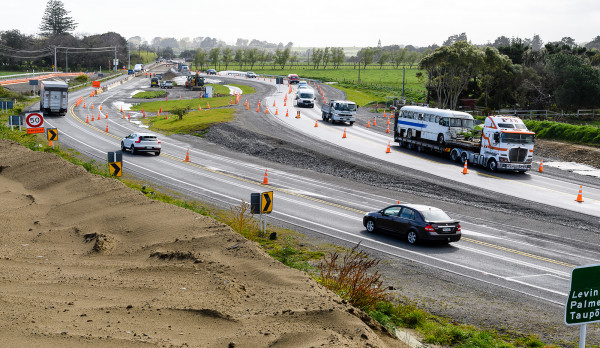
SH1 diversion near Taylor's Road.
Final temporary tie-in works for northbound traffic are expected to be completed by the end of September, and during October all SH1 traffic will be directed onto the temporary diversion. Stabilised subbase works will continue up towards the Bridge 1 (Waitohu Bridge) area and asphalt works are programmed to commence in the northern area from early October.
Central area update

Looking south from Ōtaki Gorge Road.
Removal of the old Ōtaki Gorge Road Rail Overbridge will be completed by early October, which will allow earthworks for the new off-ramp in this location to be completed. Winiata Link Road earthworks and drainage works will re-commence in the middle of October. Structural asphalt will continue to be laid through the Te Horo section of the expressway until early October followed by shoulder works and wire rope barrier foundations.
Southern area update
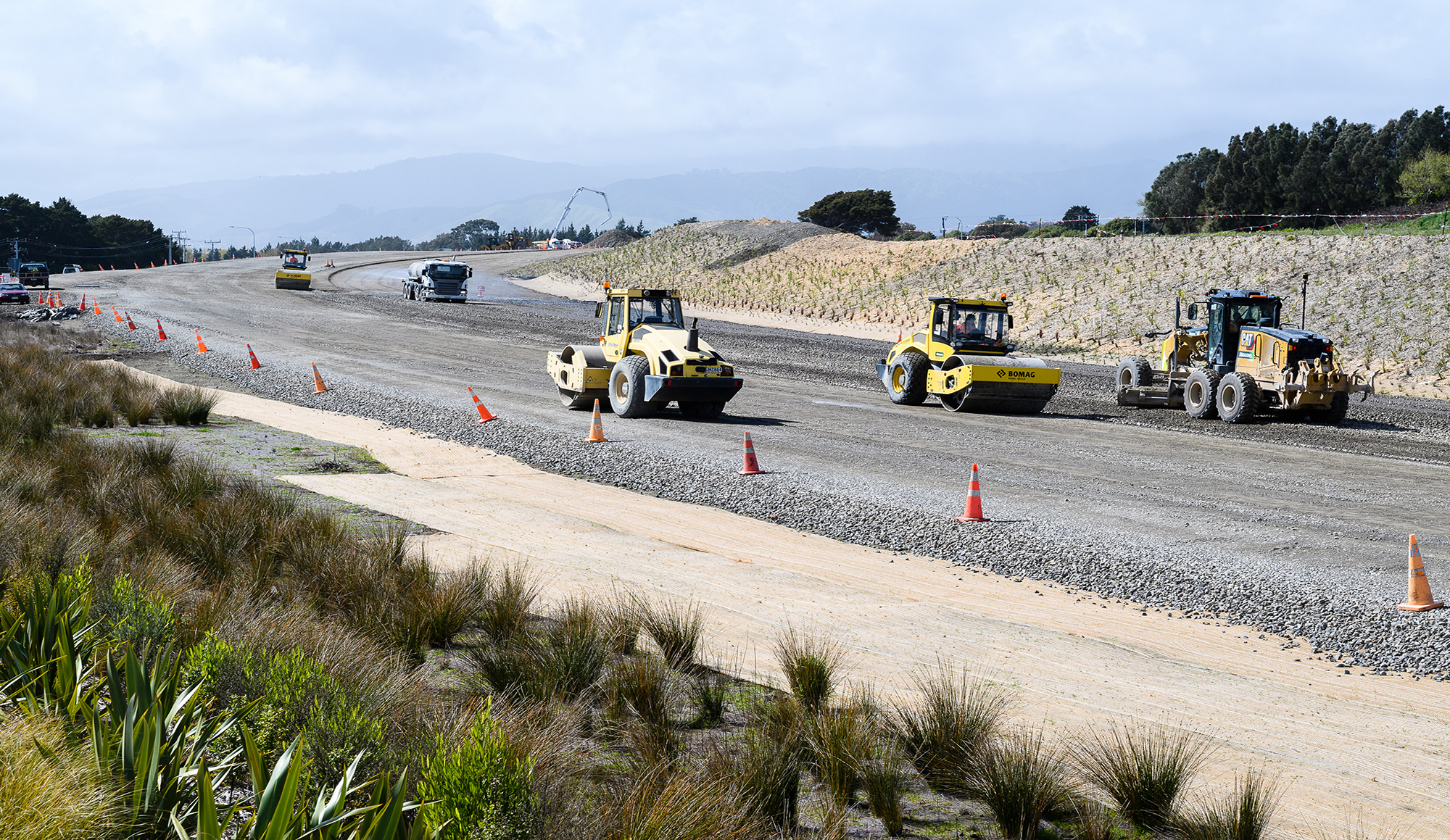
South of Makahuri.
The project’s final bridge deck concrete pour, at the Makahuri Rail Overpass, was completed in the third week of September. It was followed by work beginning on the side barriers, which are expected to be completed in late October / early November. Final earthworks trimming and subbase construction will continue with the laying of asphalt in the southern area from late October / early November.
We had expected to be able to open the Te Hapua Road to Te Kowhai Road section of shared path, however, the impacts of lockdown and Alert Level restrictions have altered timelines for this work. We will update the community as soon as we have a better idea of a completion date.